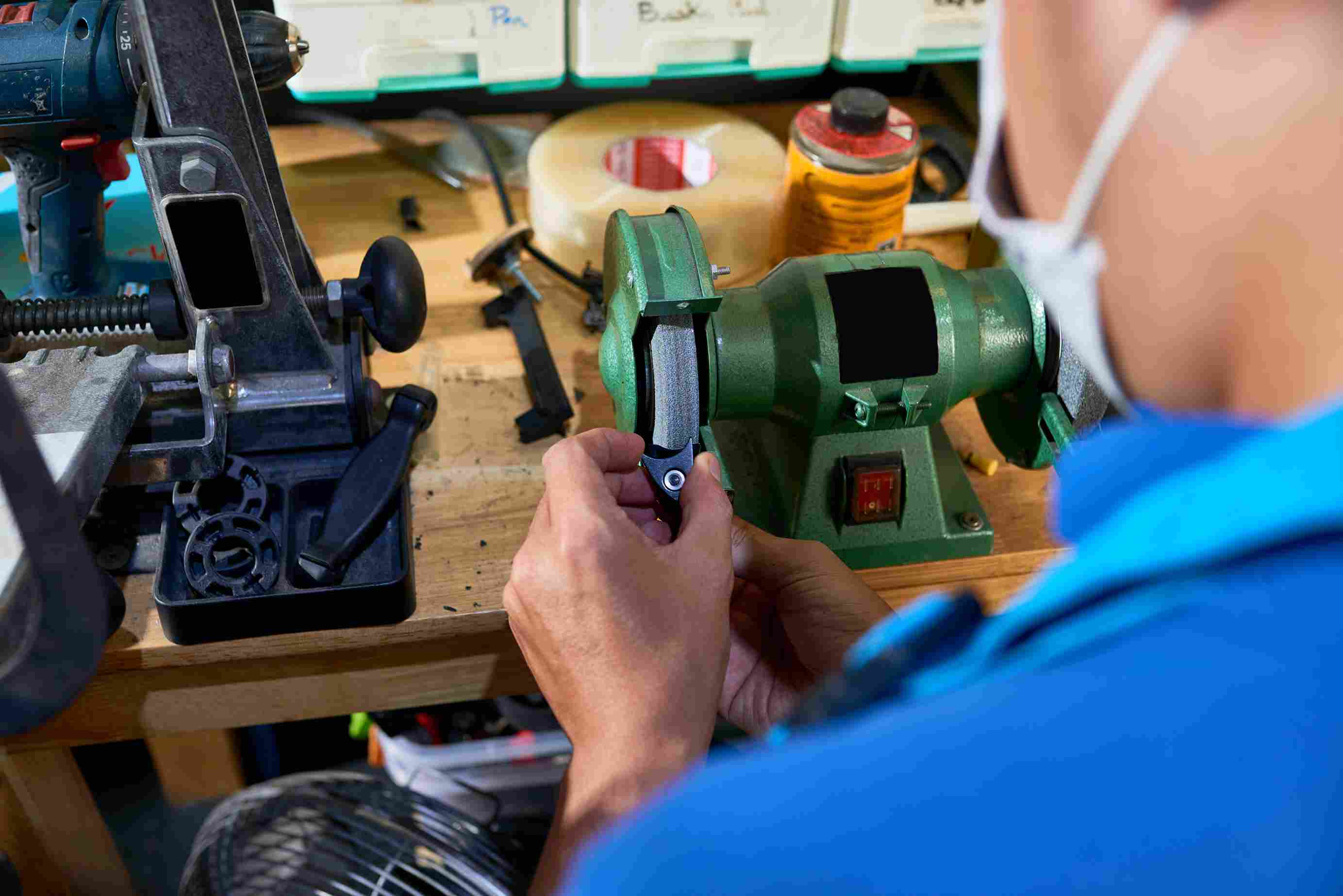Trends Shaping the Future of Electronics Manufacturing Services
- By Lipika Agarwal
- 01 May 2025
- Business
The electronic world is advancing at a rapid pace, and at the core of it all is the most important player: Electronics Manufacturing Services (EMS). Whether it's your smartphone, smart fridge, or even an electric vehicle, EMS firms likely played a major contribution to making them possible.
What is EMS? It's simply the core of electronics production. EMS companies handle all aspects of the process, from PCB assembly and design to distribution and testing, including repair, distribution, and testing as technology develops, as do the demands made to EMS partners.
Let's look at the major trends that are shaping what's to come in the next decade of EMS—and what this can mean for your company.
Trend 1 - Smart Manufacturing and Industry 4.0
“The fourth revolution in industrial technology” isn't hype—it's happening. Intelligent manufacturing is changing the way EMS businesses run their operations. By integrating technology like IoT and AI as well as big data analysis, EMS companies are now able to gain real-time insight into the efficiency of production as well as quality and equipment health.
Imagine machines communicating with each other, anticipating breakdowns ahead of time before they occur. This is the power behind pre-planned maintenance, and it's also saving manufacturers time and money.
Trend 2 - Rise of Green Manufacturing
Sustainability isn't just a nice thing to have but a necessity. EMS providers are embracing environmentally friendly methods that range from using lead-free soldering to implementing zero-waste policies.
With increasing regulations and environmentally conscious customers, green manufacturing is becoming a competitive edge. Certain companies are even advertising their sustainability credentials to secure partners.
Trend 3 - Miniaturization and High-Density Packaging
Compact, lighter, and more powerful—that's what people want. The EMS industry is now working in HDI (HDI) PCBs, micro components, and modern packaging technology.
This requires ultra-accurate production and test capabilities. This isn't just about fitting components; it's about creating components that are virtually invisible and extremely efficient.
Trend 4 - Customization and Low-Volume Production
Do not think of mass manufacturing. Today's customers want custom, niche electronics in smaller volumes. This has led EMS companies to evolve to meet this demand by using production lines that are flexible as well as modular assembly methods.
Ability to switch quickly between production modes with no downtime? This is the game changer.
Trend 5 - Global Supply Chain Reconfiguration
Recent global events have revealed to us the fragility of supply chain systems. Companies in the EMS industry are moving towards shifting as well as nearshoring and bringing their operations closer to the home market.
Diversifying suppliers across different regions reduces dependence and helps ensure the continuity of business regardless of global disruptions.
Trend 6 - Increased Focus on Cybersecurity
As EMS processes are becoming increasingly digitized, the risk from cyberattacks is a real threat. Intellectual property, client information, and operational software need to be protected.
The EMS companies invest in complete cybersecurity solutions that are aligned with international standards, such as ISO 27001, to protect sensitive manufacturing information.
Trend 7 - Advanced Robotics and Cobots
We are in the age of robotic-aided manufacturing. The Cobots (collaborative robots) work hand-in-hand with human workers in factories.
They can perform routine, risky tasks while humans take on high-level decision-making. This new hybrid workforce increases both effectiveness and safety.
Trend 8 - Cloud-Based MES and ERP Integration
Traditional spreadsheets are no longer in use. Cloud-based Manufacturing Execution Systems (MES) and ERP platforms offer EMS companies a real-time view of production as well as inventory, quality, and finance.
With information visibility across all departments, decision-makers can make their decisions quicker and more effectively.
Trend 9 - Demand for Rapid Prototyping
It's all about time, particularly in the field of technology. The demand for rapid-turn prototypes is increasing as EMS companies are taking on more.
Technologies such as 3-D printing, CNC machines, or quick PCB fabrication let ideas move from paper napkins to the real world in a matter of days, not months.
Trend 10 - Strategic EMS Partnerships
It's not just about outsourcing anymore; it's developing together. OEMs are collaborating with EMS firms to work on collaborative, innovative projects and sharing responsibility for R&D and even intellectual property.
This helps create tighter, more robust supply chains and encourages long-term cooperation.
Conclusion
The EMS industry isn't only evolving; it's changing the way we do business. From smart factories and sustainable methods to individualized production and global flexibility, the trends that are shaping the future of EMS are fascinating and profound.
If you're involved in the electronics sector, now is the perfect time to find the right EMS partner who's more than being a part of the wave but also shaping it. Since the future isn't awaited, it's already in the making.
